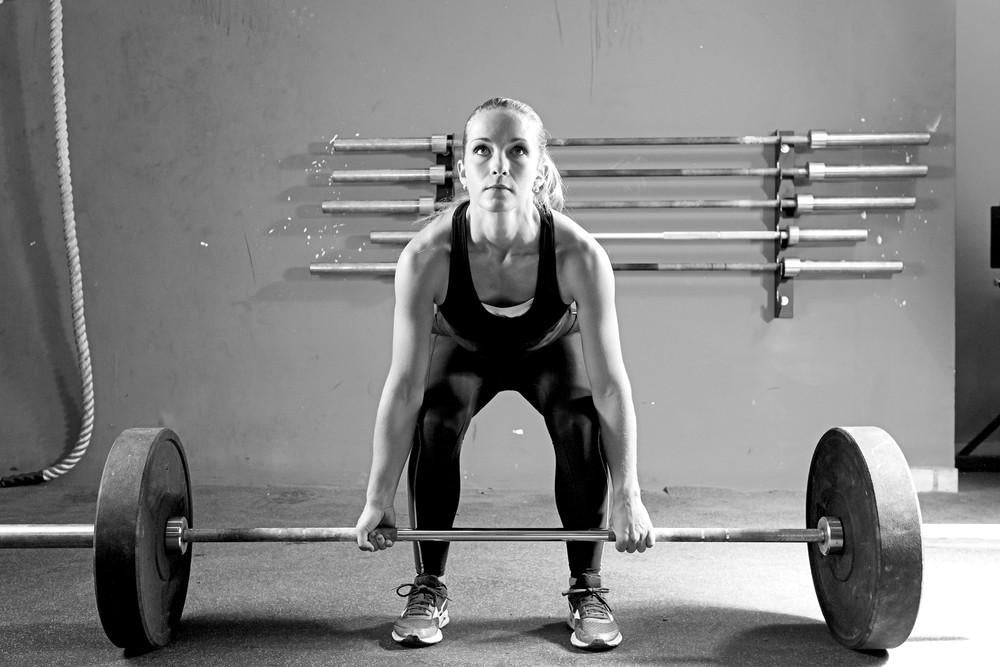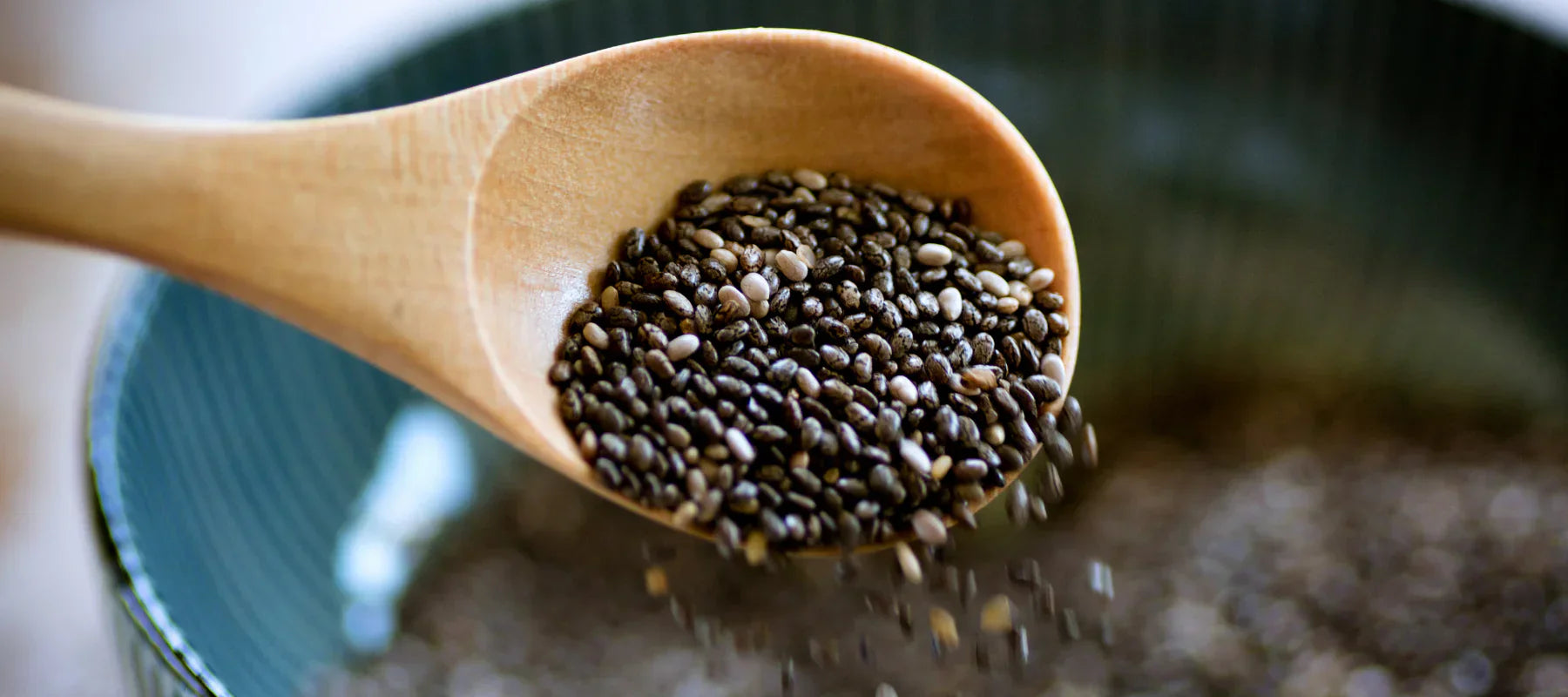How To Gain More Muscle and Get Stronger


Hypertrophy 101
Your muscles are made up of many microscopic fibers. There are a fixed number of fibers in each muscle.
Strength gains are made from two sources, hypertrophy and neural adaptations. During weight training, micro tears occur in the muscle fibers; this is the soreness that’s felt after a difficult workout.
These micro tears then repair themselves via protein synthesis and come back thicker and stronger. This mechanism is your body adapting to the workload.
Why Core Lifts Matter
Core lifts are compound stapes in any weight training program.
These lifts utilize multiple muscle groups as well as smaller stabilizer muscles. They are multi-jointed power movements. In order for maximal muscle gain, muscle fiber stimulation is a key component.
These heavy compound movements produce an intense stress on the muscles working causing the highest degree of fiber usage.
Due to motor coordination of these synergistic muscle groups this results in a high degree of functional strength. This functional strength carries over into the athletic world producing powerful individuals.
As far as aesthetics and bodybuilding, compound lifts produce grand proportional muscles. Another crucial response to heavy compound lifts is the increase in testosterone release.
In males, testosterone is the key component in muscle growth, bone density, and is a pivotal component of overall health. Natural increases in testosterone have been shown to reduce blood pressure, decrease chance of heart attack, lower obesity, and increase self-efficacy.
Here are the main compound exercises that should be incorporated in every workout.
-
Bench Press – this hits the chest, triceps and shoulders
-
Squat – all of your leg muscles, lower back, core, stabilizers for balance
-
Deadlift – Legs, back, arms, trapezius. (Basically everything)
-
Dips – Triceps, chest, shoulders
-
Pull-ups – Back, biceps, forearms
-
Shoulder overhead press – Shoulders, triceps
Other types of exercises often used in weight training programs consist of axillary lifts and plyometrics. Axillary lifts are single-jointed isolation exercises.
Most axillary lifts consist of dumbbells and machines. These put far less stress on the working muscles and lack usage of stabilizer muscles yielding minimal results. Lack of stabilizer muscle development can lead to functionally useless muscles while also increasing the risk of injury.
Although highly criticized in the weight training world, they have their place in every workout. These specific movements target single muscle groups. This can be beneficial for “burning out” the muscle after a hard workout. These are to be thrown in after compound lifts.
Sample 3 day split intermediate workout (4 sets of 8 for all compound lifts)
Monday: Chest and Triceps- Bench press 4x8
- Dips 4x8
- Overhead shoulder press 4x8
- Side lateral raises 3x12
- Deadlift 4x8
- Pull-ups 4x8
- EZ bar curl 4x8
- Hammer curls 3x10
- Squat 4x8
- Lunges 4x8
- Leg press 4x10
- Crunches 4x20
- V-ups 4x20
Consistency is key. “Rome wasn’t built in a day”Looking to hack your fitness? Try out these beginner biohacks.
- http://www.ncbi.nlm.nih.gov/pubmed/19011293
- http://www.ncbi.nlm.nih.gov/pmc/articles/PMC2701485/
- http://www.ncbi.nlm.nih.gov/pubmed/11828249?dopt=Abstract
- http://www.simplyshredded.com/keep-the-drive-alive-20-of-the-best-motivational-and-inspirational-pictures-on-the-web-13th-edition.html
- http://www.simplyshredded.com/motivation-part-15.html
- http://www.simplyshredded.com/pham-vu.html










